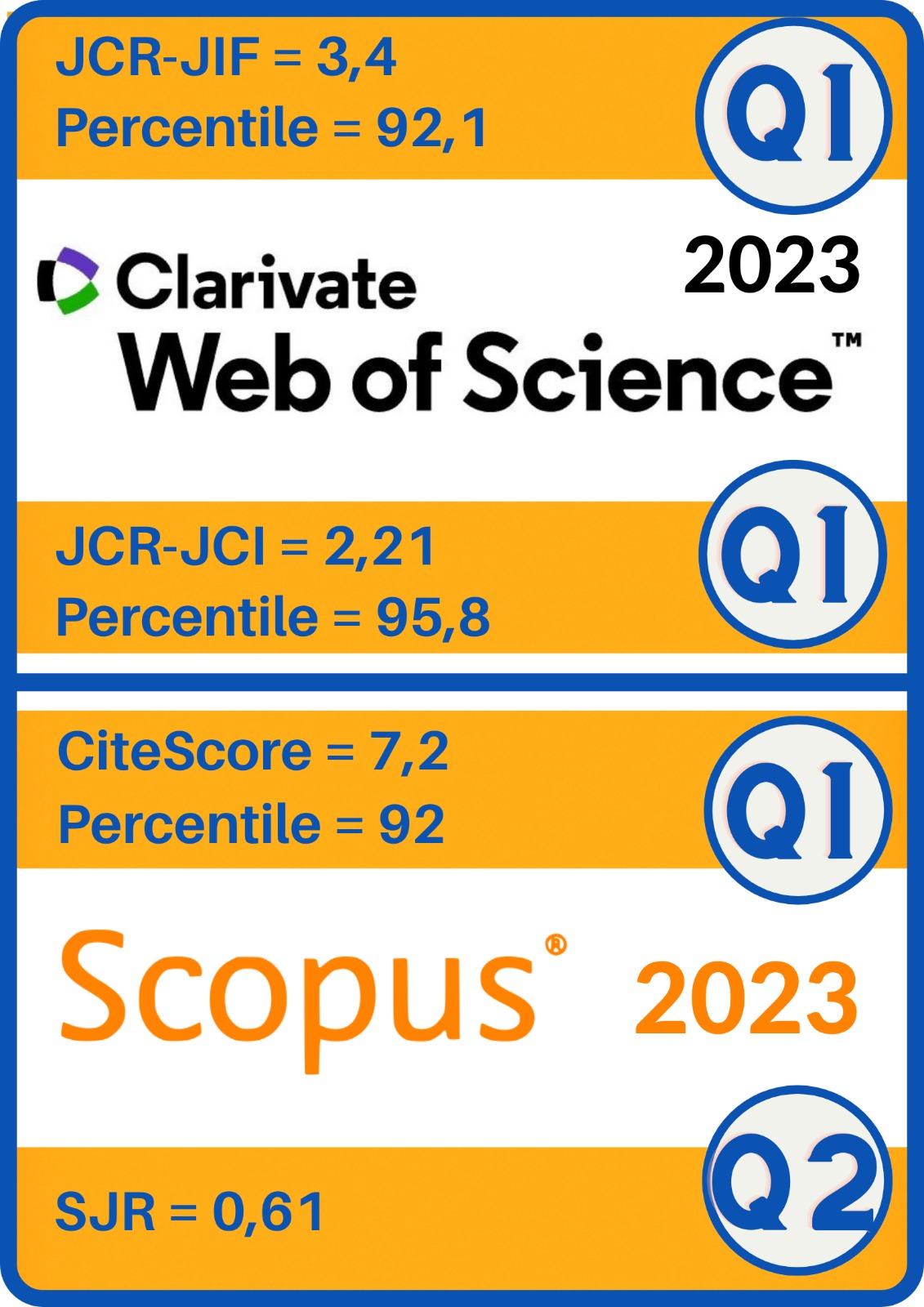The creation of digital learning objects and the process of insertion in the institutional repository eSpacio-UNED
DOI:
https://doi.org/10.5944/ried.17.1.11578Keywords:
digital object, learning object, repository, reusability, services integrationAbstract
The use of marking and labeling standards in digital objects is a process widely implemented for managing knowledge. This article aims to explain the work undertaken in the Electronics and Computer Engineering Department at UNED as a way to take advantage and reuse the department resources, such as annotations, problems, solutions, schemes, articles, etc. The work has been done using classification, labeling and digital organization of information, having been extended in a subsequent stage of extraction and management of digital objects that have been extracted from the publications of papers presented in TAEE conferences. In order to store such an amount of digital objects, the university’s institutional repository, eSpacio-UNED, has been selected to store both learning objects and metadata associated files.
Downloads
References
Ahmed et al. (2001). Professional XML Metadata. Birmingham, Alabama. Wrox Press.
Arriaga, J.; Carpeño, A.; Gordillo, T. (2006). Del objeto de aprendizaje a la implementación de una asignatura. Un caso práctico. Universidad Politécnica de Madrid.
Congreso TAEE 2006. IEEE (2002). Learning Technology Standards Committee of the IEEE. Draft Standard for Learning Object Metadata IEEE 1484.
Marzal García-Quismondo, M. Á.; CalzadaPrado, J.; Cuevas Cerveró, A. (2006). Desarrollo de un esquema de metadatos para la descripción de recursos educativos: El perfil de aplicación MIMETA. Revista española de Documentación Científica, 29, (551-571).
Open Archives Initiative Protocol for Metadata Harvesting (OAI-PMH). (2013). Technologies Report. [en línea] Disponible en: http://xml.coverpages.org/oams. html [consulta 2013, 26 de octubre].
Proyecto RED OBER (s/f). Objetos Educativos Reutilizables para el EEES en las especialidades de las Tecnologías de la Información y las Comunicaciones. Análisis Estadístico de la Documentación Generada en TAEE (Tecnologías Aplicadas a la Enseñanza de la Electrónica) Proyecto Nº TSI2007 – 31091 – E. [en línea] Disponible en: http://www. ieec.uned.es/Investigacion/RedOber/ index.htm [consulta 2013, 12 de octubre].
Rouyet, J. I.; Martín, V. (2004). A comparative study of the metadata in SCORM and Dublin Core. Universidad Pontificia de Salamanca. Ternier, S.; Massart, D.; Campi, A.; Guinea, S.; Ceri, S.; Duval, E. (2008). Interoperability for Searching Learning Object Repositories. The ProLearn Query Language. D-Lib Magazine, 14 (1-2).








